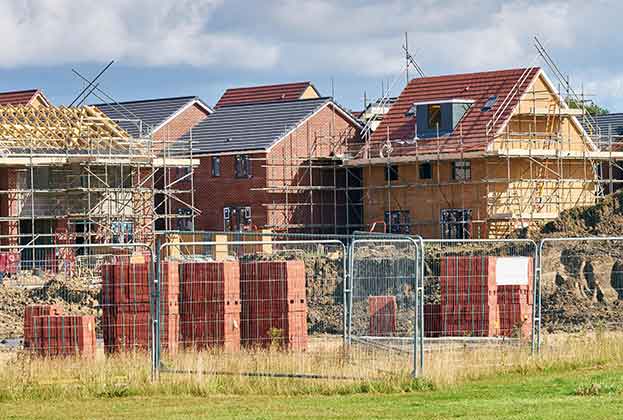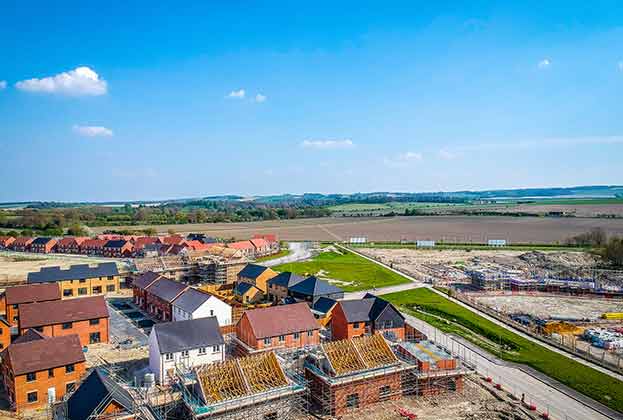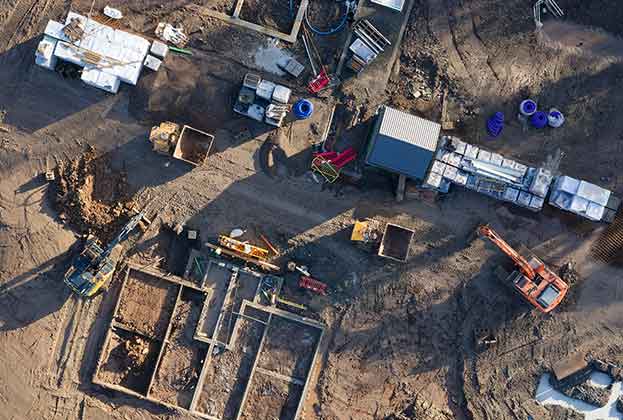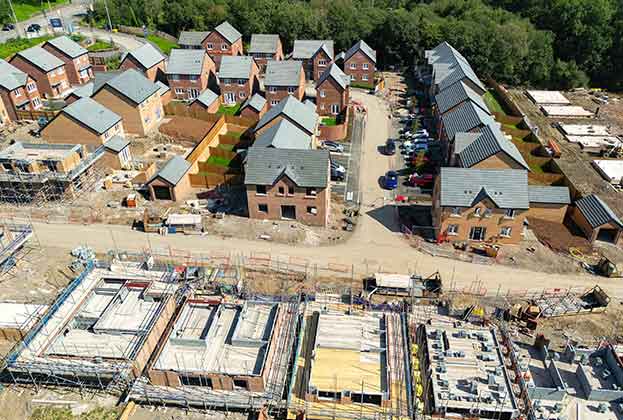The Dig – the new film charting the extraordinary discovery of an Anglo-Saxon ship burial at Sutton Hoo in Suffolk – reminds us that Britain’s landscape contains some remarkable treasures.
Like Sutton Hoo, historic monuments and archaeological remains can be scheduled if they are considered to be nationally important and worthy of protection. These monuments are legally protected and can include above and below ground features, ranging from prehistoric burial mounds to medieval castles, hillforts or abandoned villages, to sites of more recent human activity such as Second World War defence fortifications.
With over 20,000 monuments scheduled across the UK, they are a more prevalent consideration for landowners than many people realise. In residential properties, monuments can range from ruins of monastic buildings to lumps and bumps indicating former medieval properties.
Much like those involving listed buildings, works to a scheduled monument are subject to approvals. So if you are buying a property with a scheduled monument in the grounds, ensure your solicitor or conveyancer thoroughly checks any past works or development which may have had an impact, to ensure the correct consents are in place. Here are some of the questions to ask:
What will I need to do if I want to undertake works to my scheduled monument?
Scheduled Monument Consent (SMC) is required for the following in England:
- Any works resulting in the demolition or destruction of or any damage to a scheduled monument
- Any works for the purpose of removing or repairing a scheduled monument or any part of it or for making any alterations or additions thereto; and
- Any flooding or tipping operations on land in, on or under which there is a scheduled monument
Unlike most other planning applications, undertaking works to a scheduled monument requires approval from the Secretary of State. This can be done via Historic England, if you are in England or via Historic Environment Scotland in Scotland or CADW in Wales where the devolved governments, rather than DCMS, can issue consents. The application is free, as is Historic England’s advice in helping you prepare an application. The Historic Environment Scotland and CADW websites provide additional information for Scotland and Wales.
It’s worth bearing in mind that for some proposed works, planning permission may be required alongside SMC. Some works are considered under the Class Consents Order (such as agricultural or horticultural use) meaning SMC is not required. Undertaking any works to a scheduled monument before consent is granted is a criminal offence.
Do I need to pay towards maintenance or repair costs?
Owners are encouraged to maintain their scheduled monuments in good condition, however there is no obligation to maintain or repair them. You don’t have to be put off by potential costs: maintenance may simply require control of vegetation growth or ensuring sites under pasture are not over-grazed.
It may be worth contacting your local Historic England when you purchase your property to establish a good working relationship, should you ever wish to or need to undertake works to your scheduled monument. Financial assistance may also be available for repairs or management.
Are the public allowed access to my property?
No. Being scheduled does not mean that your property has to be publicly accessible. Historic England may wish to visit your monument to check its condition from time to time, however it will always seek permission before accessing private land.
If you have any questions regarding scheduled monuments, what this means for you as an owner, or if you wish to undertake works, you may find it useful to contact a heritage specialist, or your local Historic England office.
Further information
Read more In Plain English: Scheduled monuments




.jpg)


.jpg)

.jpg)
